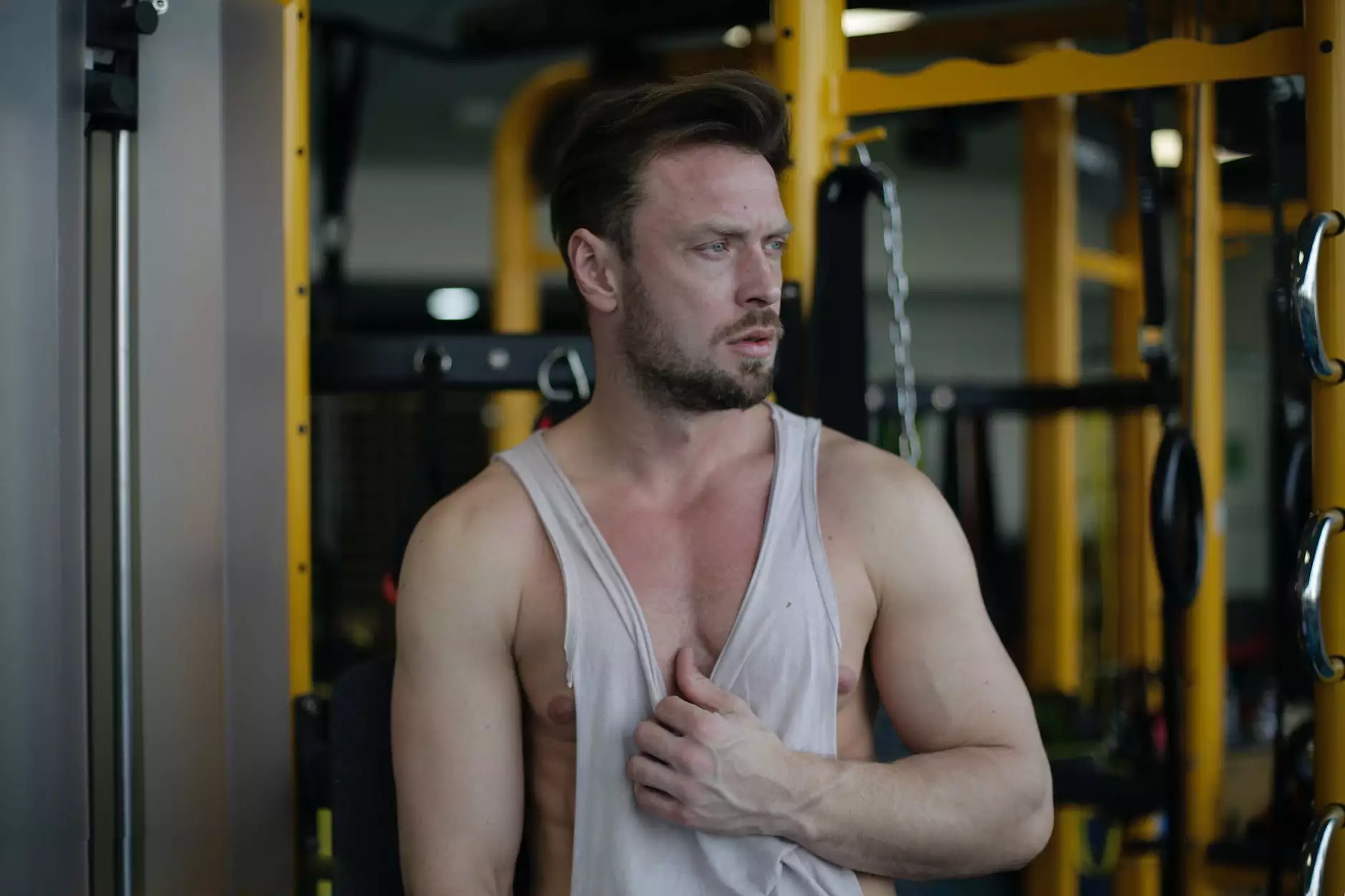5 Football Injuries & Treatment Options

Introduction
Welcome to Regency Square Care Center, the leading provider of geriatric and aging care. In this article, we will discuss five common football injuries and their corresponding treatment options. Our goal is to provide comprehensive information that helps you better understand and recover from these injuries, allowing you to get back to the game you love.
1. Sprained Ankle
A sprained ankle is one of the most frequent injuries among football players. It occurs when the ligaments surrounding the ankle are stretched or torn due to excessive stress. Symptoms include swelling, pain, and difficulty walking. Without proper care, a sprained ankle can lead to chronic instability.
Treatment Options:
- Rest: Avoid weight-bearing activities and apply ice to reduce swelling.
- Compression: Use an elastic bandage or ankle brace to support the affected area.
- Elevation: Keep the injured ankle elevated to minimize swelling.
- Physical Therapy: Engage in exercises to restore strength, flexibility, and stability.
- Medication: Over-the-counter pain relievers can help manage discomfort.
2. Knee Ligament Injuries
Knee ligament injuries, such as an anterior cruciate ligament (ACL) tear, often occur during sudden stops, changes in direction, or direct impact to the knee. These injuries result in pain, swelling, and instability, making it challenging to continue playing football without proper treatment.
Treatment Options:
- Physical Therapy: Strengthen the muscles around the knee to provide stability and support.
- Surgical Repair: In severe cases, surgical intervention may be necessary to reconstruct the damaged ligament.
- Bracing: Wearing a knee brace can provide additional support and prevent further damage during physical activities.
- Medication: Pain management through prescribed medications may be recommended.
3. Concussions
Concussions are traumatic brain injuries that occur due to a forceful impact to the head. Football players are prone to concussions, which can have severe consequences if not properly addressed. It is crucial to recognize the signs and take immediate action.
Treatment Options:
- Rest: Allow your brain to heal by avoiding physically and mentally demanding activities.
- Monitoring: Regularly check for symptoms worsening or showing signs of improvement.
- Gradual Return to Activities: Once symptoms subside, follow a supervised step-by-step program to slowly return to the sport.
- Education and Prevention: Learn about proper tackling techniques and use appropriate protective equipment to reduce the risk of future concussions.
4. Shoulder Dislocation
Shoulder dislocations occur when the upper arm bone pops out of the shoulder socket. Football players commonly experience this injury due to direct impact, falls, or excessive force applied to the joint. Prompt and appropriate treatment is vital to prevent long-term shoulder instability.
Treatment Options:
- Reduction: A healthcare professional will carefully maneuver the dislocated shoulder back into place.
- Immobilization: After reduction, immobilize the shoulder with a sling or brace to promote healing.
- Physical Therapy: Engage in rehabilitative exercises to restore strength and range of motion.
- Surgical Intervention: In some cases, surgery may be necessary to repair any damaged tissue or ligaments.
5. Hamstring Strain
Hamstring strains occur when the muscles at the back of the thigh get stretched or torn. These injuries can happen during activities such as running, jumping, or kicking. Football players, particularly those involved in explosive movements, are susceptible to hamstring strains.
Treatment Options:
- Rest: Avoid activities that cause pain or discomfort to allow the muscle to heal.
- Ice and Heat Therapy: Apply ice to reduce swelling, followed by heat to promote blood flow and accelerate healing.
- Compression: Use compression bandages or wraps to support the injured area and minimize swelling.
- Physical Therapy: Engage in exercises focusing on stretching and strengthening the hamstring muscles.
- Gradual Return to Activity: Once the muscle has healed, gradually reintroduce football-related activities under professional guidance.
Conclusion
At Regency Square Care Center, we understand the impact that football injuries can have on your physical and emotional well-being. Our expert team is dedicated to providing comprehensive care and treatment options for geriatric and aging individuals who are passionate about the sport. By following the appropriate treatment and rehabilitation plans, we believe that you can overcome these common football injuries and get back to the game you love. Contact us today to learn more about our specialized services and how we can support your journey to recovery.










